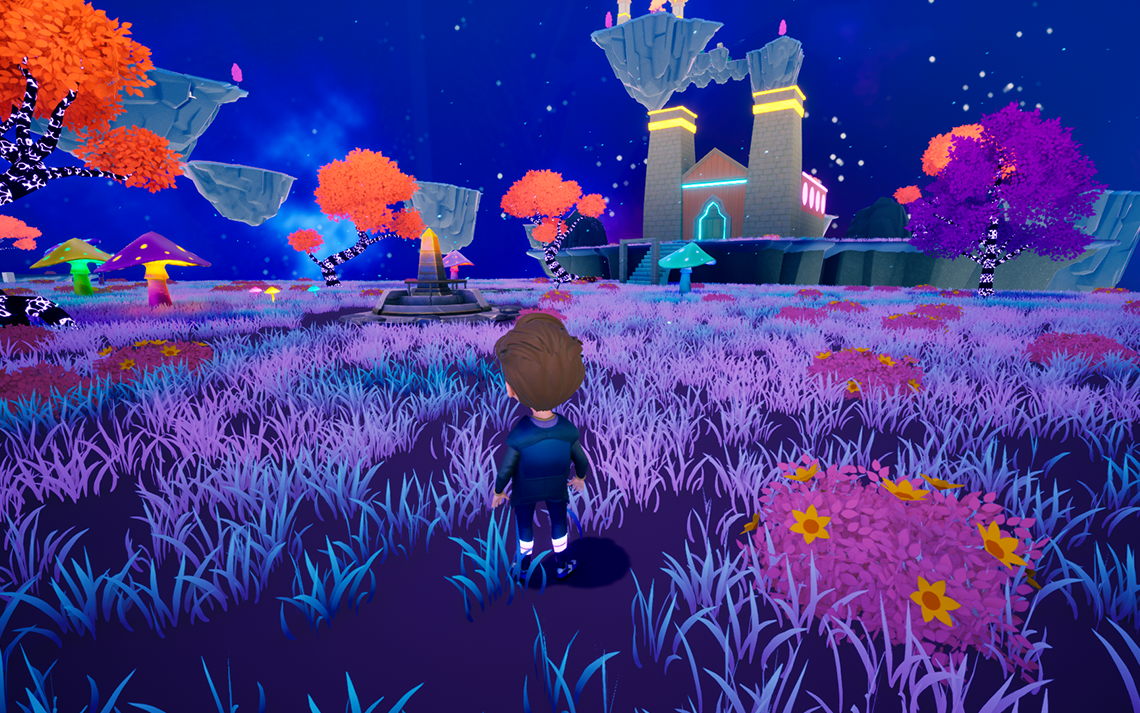Branch points are the heartbeat of interactive fiction. They're the moments where readers become co-authors, where passive consumption transforms into active participation. But crafting compelling decision points requires more than just asking "What do you do next?" The best branch points feel natural, consequential, and emotionally resonant.
Every choice in your story should feel like it matters, not because it triggers different text blocks, but because it reflects genuine character agency within a believable world. Players can sense when decisions are cosmetic versus when they carry real narrative weight.
Understanding Player Expectations
Players approach interactive fiction with built-in assumptions about choice and consequence. They expect rational character motivations, logical world rules, and decisions that align with established personality traits. Breaking these expectations can create powerful moments, but only when done deliberately.
Consider how players process decision context. They're not just choosing actions — they're choosing how their character would think, feel, and respond in specific situations. A choice like "Attack the monster" isn't just about combat mechanics; it reveals character courage, problem-solving approach, and relationship to violence.
The language you use to present choices shapes player interpretation. "Confront the guard" suggests different character motivation than "Challenge the guard" or "Question the guard." Each framing implies different emotional states and likely outcomes, even when the mechanical result might be identical.
Remember that players often create mental models of their character's personality early in the story. Choices that contradict this self-image feel jarring unless you've prepared the narrative ground for character growth or moral complexity.
Making Every Choice Matter
Meaningful choice design operates on multiple levels simultaneously. Surface-level consequences affect immediate narrative outcomes, but deeper impacts influence character relationships, world state, and future available choices. The most compelling branch points create ripple effects that players discover chapters later.
Design choices to reveal character rather than just advance plot. When facing a moral dilemma, the interesting question isn't "What happens next?" but "What does this choice say about who this character is becoming?" Character development through decision-making creates investment that pure plot progression cannot match.
Consider the emotional weight of timing in your branch points. Choices made under pressure feel different from those made during quiet reflection. A decision to forgive someone hits differently immediately after betrayal versus weeks later after processing the hurt. Context shapes meaning.
Avoid false choices that present multiple options leading to identical outcomes. Players can sense when their agency is cosmetic. If different paths converge quickly without acknowledging the choice's significance, you've missed an opportunity to build trust with your audience.
Writing for Replayability
Replayable branch points reward different approaches rather than just offering different outcomes. Instead of simply changing what happens, consider changing how events unfold or what information becomes available. A diplomatic character might learn different details about a conflict than someone who chooses violence.
Layer your branching structure to support different play styles across multiple playthroughs. A player focused on relationship building will discover different story aspects than someone prioritizing mystery-solving or power accumulation. Each approach should feel like a complete, satisfying experience.
Design branch points that interact with each other across chapters. Early choices should influence not just immediate consequences, but the types of decisions available later. A character who established trust with allies early might have collaborative options unavailable to someone who chose a more isolated path.
Balance revelation and mystery across different paths. Players should discover new information on subsequent playthroughs without feeling like they missed crucial elements on their first experience. Each path should feel complete while hinting at alternative perspectives worth exploring.
Compelling branch points emerge from understanding your characters, world, and players deeply enough to create moments of genuine decision. They require balancing player agency with narrative coherence, immediate satisfaction with long-term consequence, and individual choice with universal themes.
The refinement process is crucial. Test your branch points with different player types. Watch for moments where testers hesitate, discuss options with others, or express strong emotional reactions. These signals indicate successful engagement with your decision-making structure.
Remember that perfect clarity isn't always the goal. Sometimes the most memorable choices are those that leave players uncertain about the "right" answer, forcing them to rely on character intuition rather than optimal strategy. Moral ambiguity creates lasting emotional investment.
The best interactive fiction makes players feel like co-creators of the story rather than merely consumers of pre-written content. When your branch points succeed, players will remember not just what happened, but why they chose to make it happen that way.
